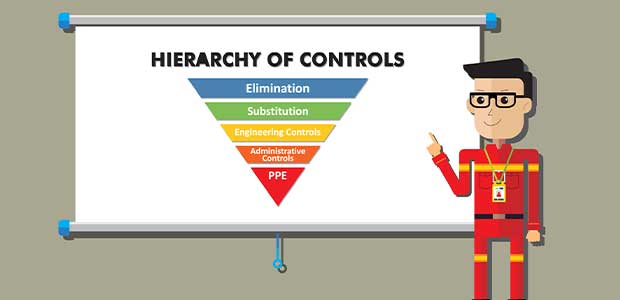
Effective Chemical Safety Training Through Safety Engineering Training
Teaching employees to manage their own safety and their team’s safety does not produce a reliable outcome.
- By Paul Baumgardner
- Dec 08, 2022
Think of the last thing you’d like to hear when at work: “Mr. Safety, I think we have a problem!”
It is just after lunch, and this is how you are greeted by the operations supervisor who is now standing in your office doorway. There he is, at a half-run stance, gripping the dusty four-inch binder that contains those affected work area’s coffee-stained, stiff, yellowing safety data sheets. Just behind him, you can hear someone shuffling through the first aid kit in the adjacent breakroom, fumbling with the eye-wash station bottles by the kitchen sink.
Even after the morning shift’s successful tailgate safety meeting where everyone seemed alert and interested in your training (also thankful for the pizza reward last Friday) this is still how you and the poor soul (still unknown to you right now) are going to spend the rest of your afternoon. How could this happen, with all your creative and interesting chemical safety training you have been driving home to this group of well-intentioned workers? It just makes no sense at all!
Well actually it does make sense. It makes more sense than what you and I may want to admit. The training has simply been ineffective in controlling this type of an outcome. Whether or not the incident is a near-miss, non-recordable or recordable incident, it is still an accident.
“There absolutely must be a control problem,” you say to yourself. Now you are onto something! Let’s follow through with that logic for a moment.
The National Institute of Occupational Safety and Health published the “Hierarchy of Controls” as a tool for safety professionals to use in our safety management system designs. The problem is that many times, we only seem to use about half of this important model.
While many have spent a career in health, safety and environmental (HSE) engineering, management has been in the lower tiers of the hierarchy (administrative controls and PPE), rather than in the upper tiers (elimination, substitution and engineering controls).
Since the 1980s, safety practitioners have been trained that accidents are preventable, rather than accepting accidents as an expected daily occurrence. The problem has only been exacerbated by the disconnect between safety engineering (top tiers) and safety management (lower tiers).
Teaching employees to manage their own safety and their team’s safety does not produce a reliable outcome. Instead, we need to teach our employees to engineer out their affected work systems’ hazards within those environments daily.
This article originally appeared in the December 1, 2022 issue of Occupational Health & Safety.